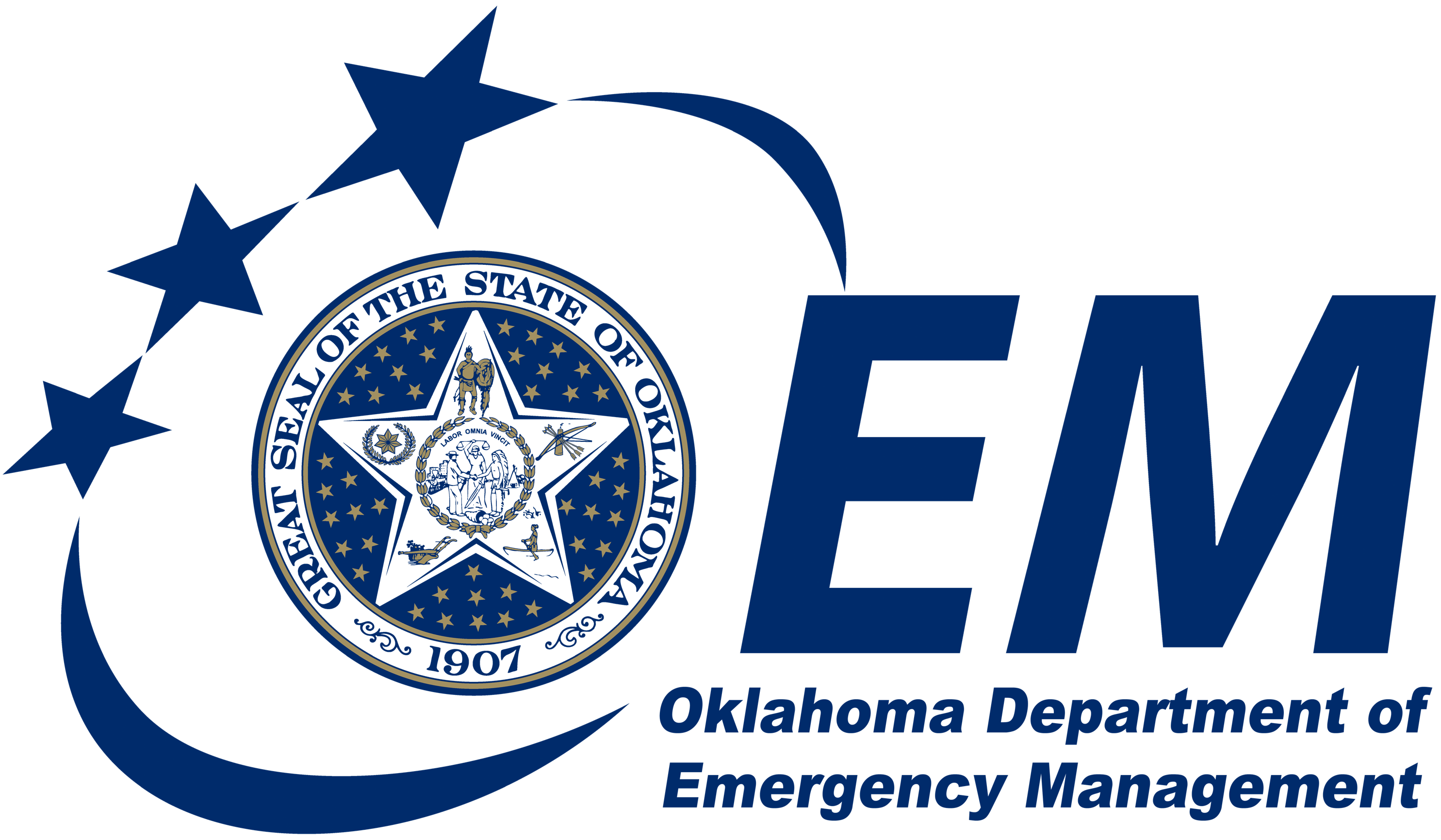Map your emergency way
As creatures of habit, we often take the same routes home or to our frequented places. Take some time to meander and take a different path to familiarize yourself with your area and alternate routes of evacuation/other means of transportation out of your area.
Visit TravelOK.com/Brochures to request a copy of the Oklahoma State Map by mail. Maps for public use are free of charge at any of the Tourism Welcome Centers statewide, all ODOT division offices and the Tourism and Recreation Department warehouse.
Learn the types of disasters that are likely in your community and the local emergency, evacuation and shelter plans for each specific disaster.
Plan how you will leave and where you will go if you are advised to evacuate.
Identify several places you could go in an emergency such as a friend’s home in another town or a motel. Choose destinations in different directions so that you have options during an emergency.
If needed, identify a place to stay that will accept pets. Most public shelters allow only service animals.
Always follow the instructions of local officials and remember that your evacuation route may be on foot depending on the type of disaster.
Assemble supplies that are ready for evacuation. Prepare a “go-bag” you can carry when you evacuate on foot or public transportation and supplies for traveling longer distances if you have a car.
If you have a car:
Keep a full tank of gas if an evacuation seems likely. Keep a half tank of gas in it at all times in case of an unexpected need to evacuate. Gas stations may be closed during emergencies and unable to pump gas during power outages. Plan to take one car per family to reduce congestion and delay.
Make sure you have a portable emergency kit in the car.
If you do not have a car, plan how you will leave if needed. Decide with family, friends or your local emergency management office to see what resources may be available.


